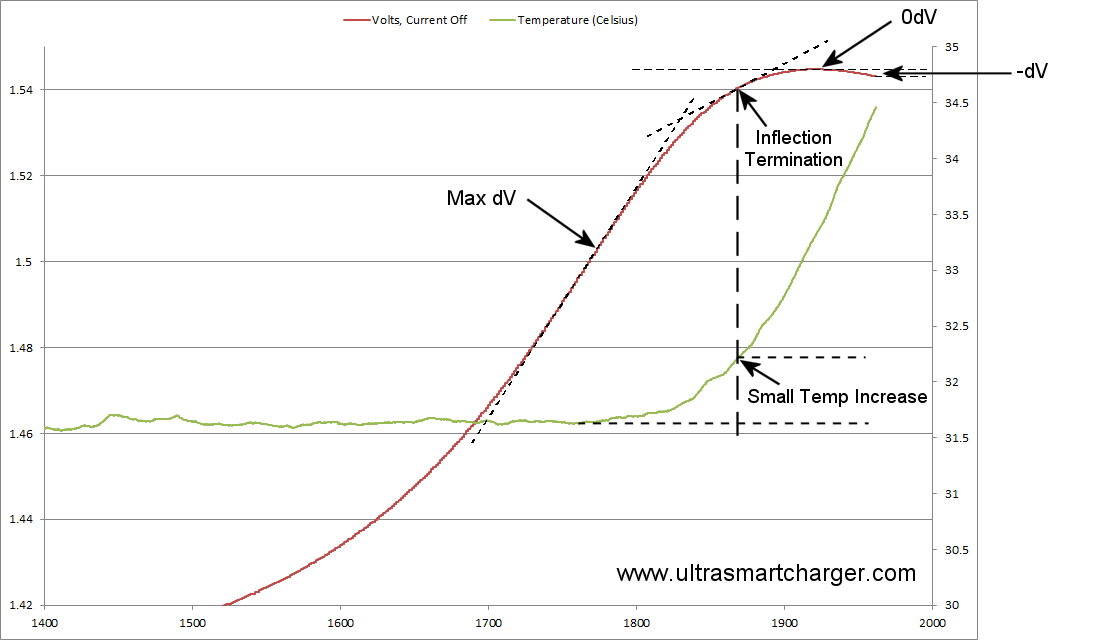Over the years, I'm accumulated a large number of Ni-Mh rechargeable AA cells. These are in varying states of condition, wear and use, and I suspect some need to be thrown away.
I'm looking for a smart charger which will tell me their capacity, and in future do the best possible job of charging them. I have previously had batteries overheat using cheap chargers, so overheat protection is essential.
The current chargers I have come across are:
Nitecore D4 (~£24)
A relatively new charger - maybe hasn't had a chance to build up much of a reputation?
Both Ni-Mh and lithium batteries (a nice advantage) - although maybe sacrificing performance to do both?
No temperature cut off
Accupower IQ328 (~£25)
Small and neat AAA/AA charger
Temperature cut off
Capacity readout
Maha MH-C9000 (~£40)
Seems to have the best reputation of smart chargers
Temperature cut off
Lots of profiles
Maybe not the best as a general charger - better at analysis/cycling?
Do you guys have any thoughts or suggestions on these (or any other) battery chargers? The Nitecore looks very capable - however I'd be concerned it's Ni-Mh performance would be lacking due to it's high feature set and low price. The MH-C9000 does have an excellent reputation - although it is almost twice the price of the Nitecore, which is pretty steep.
The IQ328 might be a nice compromise of price and performance - but that's really just a guess!
Any comments or suggestions welcome .
.
Andy
I'm looking for a smart charger which will tell me their capacity, and in future do the best possible job of charging them. I have previously had batteries overheat using cheap chargers, so overheat protection is essential.
The current chargers I have come across are:
Nitecore D4 (~£24)
A relatively new charger - maybe hasn't had a chance to build up much of a reputation?
Both Ni-Mh and lithium batteries (a nice advantage) - although maybe sacrificing performance to do both?
No temperature cut off
Accupower IQ328 (~£25)
Small and neat AAA/AA charger
Temperature cut off
Capacity readout
Maha MH-C9000 (~£40)
Seems to have the best reputation of smart chargers
Temperature cut off
Lots of profiles
Maybe not the best as a general charger - better at analysis/cycling?
Do you guys have any thoughts or suggestions on these (or any other) battery chargers? The Nitecore looks very capable - however I'd be concerned it's Ni-Mh performance would be lacking due to it's high feature set and low price. The MH-C9000 does have an excellent reputation - although it is almost twice the price of the Nitecore, which is pretty steep.
The IQ328 might be a nice compromise of price and performance - but that's really just a guess!
Any comments or suggestions welcome
Andy


